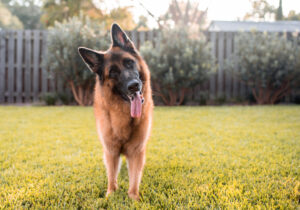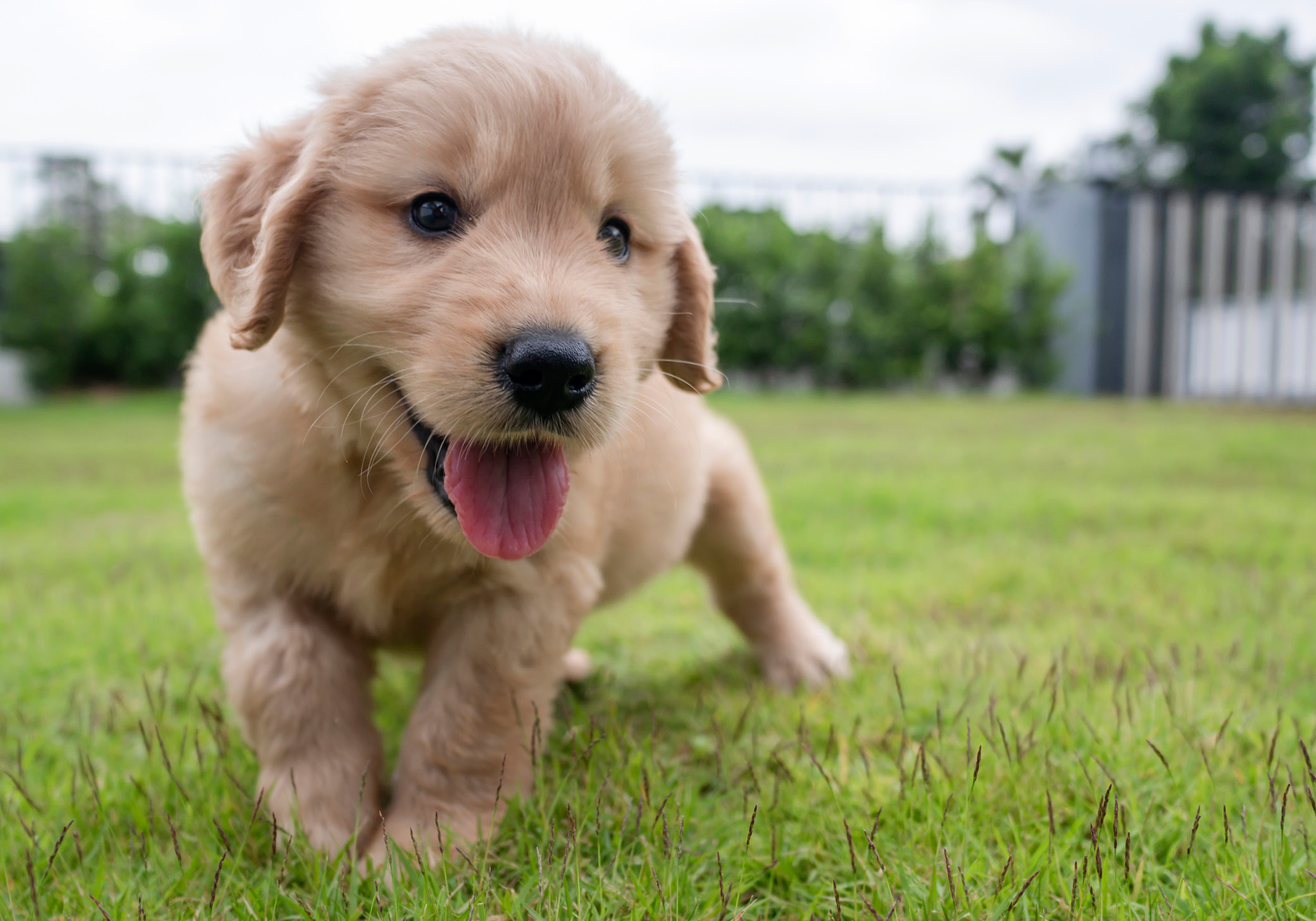The key is to create a pet-friendly yard, where dogs and cats can have their freedom without risk to their well-being or your property. Of course, you wouldn’t want to leave them to their own devices for hours on end, but a well-thought-out plan will save you from having to be a “helicopter” pet owner.
What Plants are Harmful to Pets?
Better Homes & Gardens provides a list of plants that are harmful to dogs, including azaleas, rhododendron, tulips, foxglove and lily of the valley. Some of these are also toxic to cats, and others include daffodils, amaryllis and ivy. Plants that have sharp objects like thorns or spines (think rosebushes or cacti) can also harm pets by wounding them. Those wounds can also become infected, which can cause very serious problems for furry friends.
When planning a pet-friendly yard, it is best to become familiar with all the potentially harmful plants in your yard. It is also wise to have a good look at your cat or dog when they come back inside. If they are drooling, vomiting, twitching, have a strange odor or are acting in an unusual way, a call to the ASPCA Animal Poison Control Center (888-426-4435) could be warranted.
A Pet-Friendly Yard Master Plan
Continuing along the safety theme, it may be a good idea to install a fence if the pet will be outside on their own for any significant periods of time. Not only does it protect them from escaping into the street, it keeps unwanted predators from getting in. This may not work for cats, who are known to be good climbers. In any case, make sure that your pet is always wearing a collar that includes their name and your contact information.
Your dog will appreciate having his or her own doghouse, which will provide shelter from the heat and rain, as well as a comfortable place to spend time. Otherwise, be sure that there is plenty of shade for them to rest under when they need to take a break. Dogs also like wide-open spaces, so be sure to leave them enough room to run around.
Dogs and cats both love to explore, so you might also consider creating a path for your pet to meander down. Smooth rocks, brick, concrete and flagstone are all easy on paws, but rocks or pebbles will make more of a mess. Mulch is another choice, but this can get dug up and kicked around.
Safe Trees, Safe Plants
There are many safe trees that dogs like, such as crepe myrtle, red maple and – of course – dogwood. Pups also do well with Gerbera daisies, zinnia and petunias. Dog-friendly shrubs include rose of Sharon, forsythia, lilac and mock orange.
Cat owners will be happy to know that some of the best-known cat-safe plants are snapdragon, sunflower and bamboo. Herbs like basil, mint and dill are thought to benefit cat health, so go ahead and plant those, as well, along with some catnip. Again, if you are unsure about a plant or tree’s toxicity to your pets, check with the ASPCA website.

Think Like Your Pet
To create a truly pet-friendly yard, you have to think like a cat or a dog. They love to explore, dig, hunt and hide, and they tend to get into more trouble when they do not have any opportunities for structured play. You might want to build a dog run if you have enough room; this can be done by enclosing part of the yard with a fence and lining the ground there with artificial turf. If you have a cat, Martha Stewart likes the Kittywalk outdoor cat run.
Cats need to scratch and stretch their claws, so you can install some vertical logs or scratching posts to save your trees. Kitties also love to perch in high-up places, so try building them a safe spot they can access easily that is no more than 8 feet from the ground. The landing area should be soft – avoid putting perches above concrete or asphalt.
Canines and felines will all appreciate a selection of well-chosen pet toys in the yard, too. They might also enjoy an obstacle course, tunnels to run through and other equipment that can turn your yard into a pet-friendly playground. Use your imagination!


